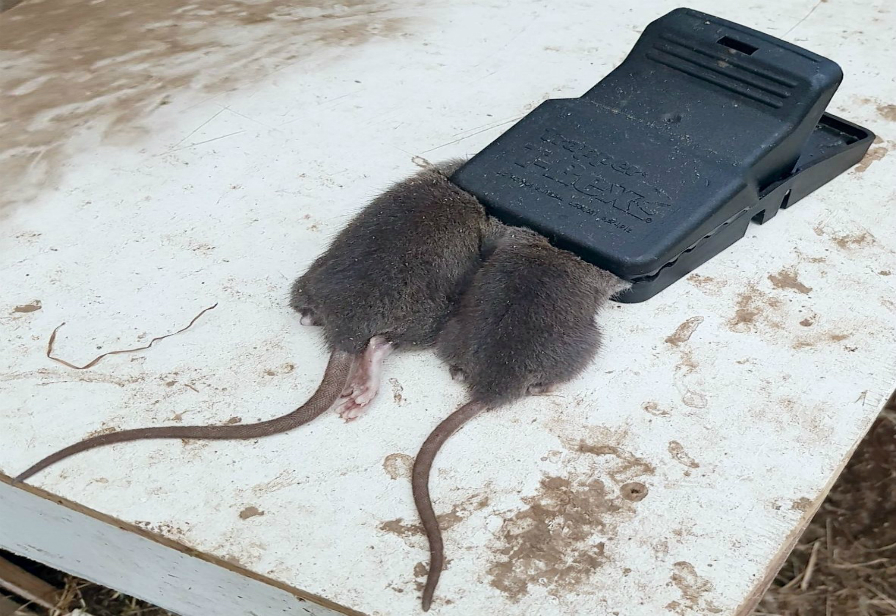Students from Devon Intermediate are getting creative with the goal of reducing rodent numbers so nature can thrive.

This innovation and enthusiasm has been largely student-led and harnessed by teachers who have integrated the ambitions of Towards Predator-Free Taranaki into learning opportunities across a number of subjects.
Design, technology, science, numeracy and literacy are just some of the areas where predator-free and biodiversity themes have been incorporated. This is coupled with pupils practising important skills like teamwork, critical thinking and problem solving.
Hard Materials Technology Teacher Joe Carey said what started as a trap-making exercise with one of his Year 8 classes quickly grew into a deeper student review of the best angle to catch rats, the best baits and trap locations.
“Before school we see students running around checking their traps, all excited if they’d caught something,” says Joe. “Our students are personally engaged as they care about their community and see they are making a positive difference.”
Currently traps have been set along the Mangaotuku Stream, around their school pool and buildings. They are all safely monitored by pupils.
Year 7 Teacher Sylvia Howieson says her students are designing the WITT Science Fair poster with a predator-free theme. She is also working with a group of students who are writing a ‘reality or dream’ essay on the topic.
Towards Predator-Free Taranaki Environment Officer Chauncy Ardell says with such passionate teachers, who have incorporated real hands-on elements, it is no wonder pupils are so engaged.
“The teachers are making a positive difference and it’s great to see pupils buzzing and excited about learning,” says Chauncy. “They’re engaged and empowered in their design of a useful tool or project which helps with biodiversity protection at their school.”
Recently students set up tracking tunnels which will help identify where rodents are located around the school. After analysing the results, trap locations will be confirmed and more traps will be made, set and regularly monitored by pupils.
“Engaging students in practical hands-on tasks, that are culturally appropriate and appeal to all levels and abilities is what has made this predator-free learning so special,” says Sylvia. “The future really is in their hands!”
ENDS